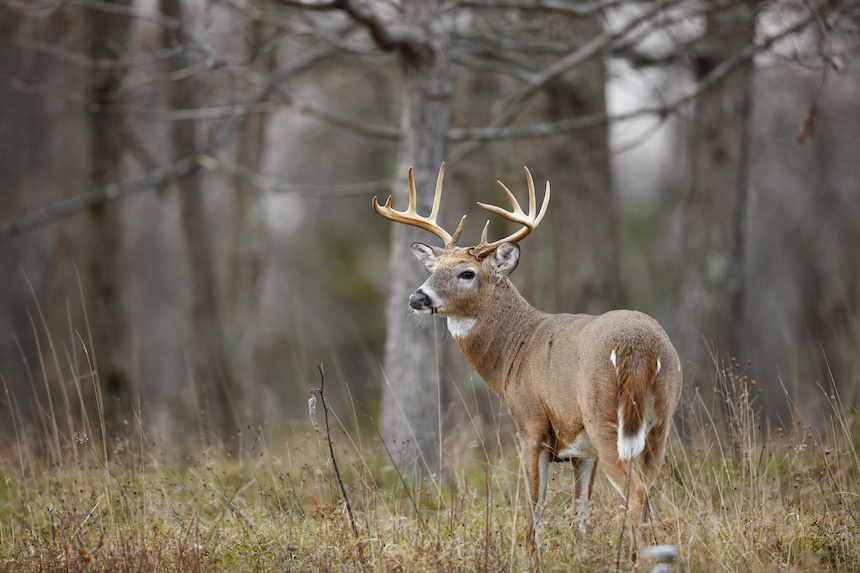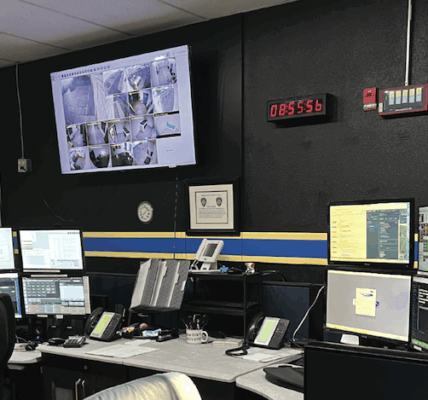Wyoming Wildlife Task Force recommends splitting white-tailed, mule deer licenses

By Stephen Dow
The Sheridan Press
Via- Wyoming News Exchange
SHERIDAN — The Wyoming Legislature’s Joint Travel, Recreation, Wildlife and Cultural Resources committee is considering a controversial bill draft requiring separate hunting licenses for white-tailed deer and mule deer.
The Wyoming Wildlife Task Force brought the recommendation to the committee last week. The task force is a group of 18 individuals convened by Gov. Mark Gordon to study top-priority wildlife policy issues related to the allocation of hunting opportunity and sportsperson access.
Currently, the Wyoming Game and Fish Department offers a single deer license and hunters can choose whether to hunt a white-tailed or mule deer.
Brian Nesvik, WGFD director and member of the Wyoming Wildlife Task Force, said the change simply makes logical sense.
“Essentially the discussion behind making this change was that there is no other two species combined into one license, at least for big game,” Nesvik said. “…Intuitively and very factually, the task force discussion revolved around (the question of) why wouldn’t these species be managed separately?”
Sen Larry Hicks, R-Baggs, also serves on the task force and said the change could provide a better estimate of the annual harvests of both species.
“One of the thought processes here is that by designating species, you could actually have a better estimate of the controlled harvest of the mule deer population,” Hicks said. “Right now, it’s just a general deer license, and you don’t know how many are mule deer and how many are white-tailed deer.”
Wyoming Game and Fish releases annual job completion reports providing estimates of harvest based on voluntary harvest surveys completed by hunters. In the Powder River region in Sheridan County — comprising hunt areas 17,18, 23 and 26 — 2,618 mule deer were harvested in 2020 while 6,730 white-tail deer were harvested in the same area.
The Wyoming Legislature discussed the issue twice previously, most recently in 2016, and the proposed legislation failed both times, Nesvik said.
Public comment during the committee meeting was overwhelmingly negative.
The four sportsmen who spoke at the meeting expressed concerns about how the change could negatively impact the odds of drawing a mule deer tag and would double the expense of hunting deer in Wyoming since two tags would now be required for the same opportunities currently available under one tag.
“If you want to improve the chances of resident draws, I would leave it like it is right now,” Laramie resident Buzz Hettick said. “If you make the split, there’s going to be a lot of people who put in for both a hard-to-draw mule deer tag and also a hard-to-draw white-tailed tag…When you can apply for both, you just kind of flood the pools for each (and reduce the draw odds).”
Commenters also expressed concern about how the change could put more hunting pressure on mule deer populations, which have been in decline statewide.
WGFD biologists have identified the Upper Powder River herd in Sheridan County as one of the high concerns, Nesvik said.
As of the 2020 job completion report, mule deer population in the Powder River region in Sheridan County was estimated at 34,050, which was slightly below the previous five-year average of 36,533.
“I’m just concerned this is going to decrease the overall numbers and quality of mule deer,” Kevin Brainard of Douglas said. “People are going to take a general mule deer tag and kill a small buck just because they can.”
The Wyoming Wildlife Task Force collected written public comment on the proposed changes, and, of the 176 comments received on the task force’s website, 87 — or less than half of the comments— were against the change, with many expressing concerns about negative impacts on draw odds, tag expenses and the local mule deer population.
“Residents like to hunt mule deer early and white-tailed deer in the late season,” Sheridan resident Aaron Holwell said. “If you are able to purchase both, I believe that’s just another way for the G&F to put the screws to the hunter by making them pay twice.”
“The current system works fine,” Sweetwater County hunter Colin Dovichin said. “The draws would worsen if they are separated.”
Those submitting written comments for the change said it would allow better management of both species, while increasing Game and Fish revenue.
“This idea seems like a positive change from my perspective,” Powell resident Guy Eastman said. “This would afford the Game and Fish Department the ability to manage the mule deer and white-tailed deer more specifically and possibly increase revenue in the process.”
“The way diseases and drought and weather affect these animals is completely different,” Casper hunter Skeeter Redding said. “The only way to properly manage either population is by doing it separately.”
Despite the generally negative public feedback to the proposal, Sen. Bill Landen, R-Casper, recommended forwarding the proposal to the committee’s next meeting out of respect for the work done by the task force.
“Whether we want to split the muleys and the white-tailed, we can discuss that in August or September…” Landen said. “…I understand there’s some consternation about that bill, but I indicated I was going to try to take up the work of that Wildlife Task Force… When they make a recommendation, I’d like to just follow through and see where it goes.”
The Wyoming Legislature’s Joint Travel, Recreation, Wildlife and Cultural Resources Committee next meets Aug. 30 in Thermopolis.




